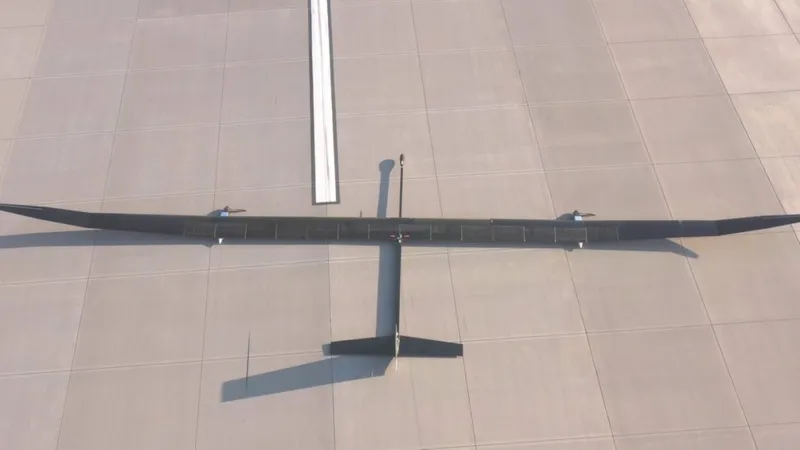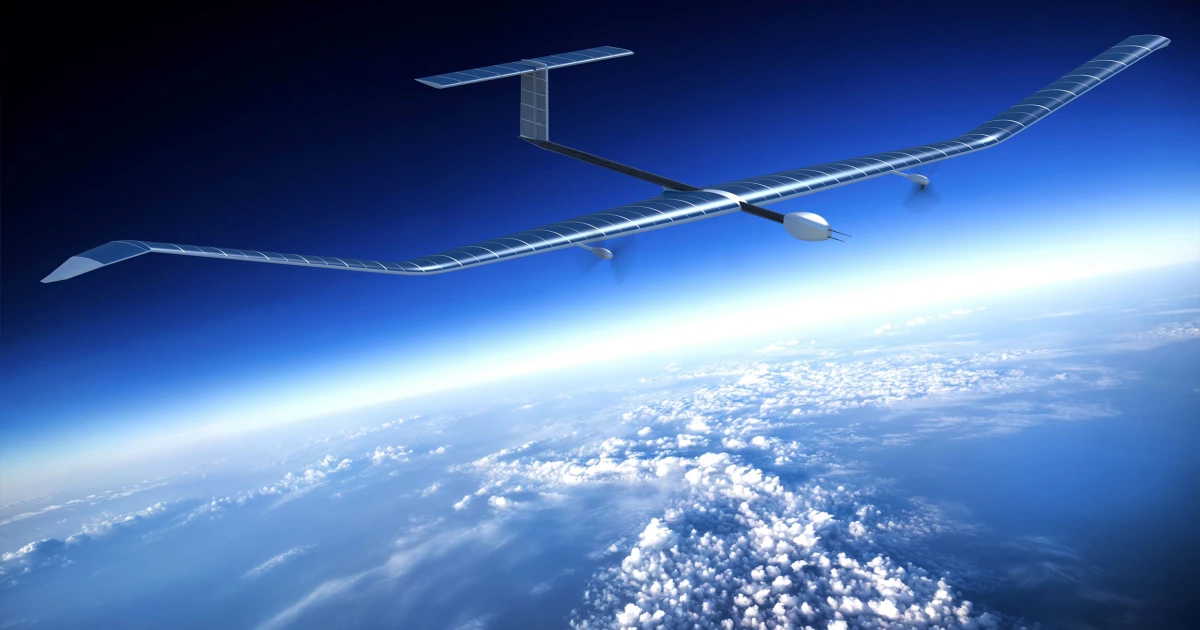Kenya will be the first country to test a Britain-made near-space glider Zephyr which, if successful, will be used for military surveillance, according to Kenyans.co.ke news website.
They add that the solar-powered equipment will be tested in Rift Valley Kenya and is seen as a cheap alternative to SpaceX and Starlink programmes developed by billionaire Elon Musk.
This development if true, comes on the heels of Kenya President William Ruto’s visit to the United States where he inked cooperation agreements including military. During his visit to Washington, Kenya was designated a non-NATO ally paving the way for Nairobi to have access to the group’s high-tech military equipment.
If the reports are something to go by, it will be the first time the system has been tested on African soil.
WHAT DOES THE ZEPHYR DO
The Zephyr-S is an ultra-lightweight UAVs (drone) that is capable of flying as high as 70,000 feet for up to 45 days at a time at a speed of 35 miles per hour.
The UAV is often referred to as a High Altitude Pseudo-Satellite (HAPS) because it performs more like a satellite than a conventional UAV.

Zephyr was originally designed and built by British defence firm QinetiQ but bought by Airbus in 2013. Airbus have developed two versions, the S and T models, with single and twin tails respectively, both designed for surveillance and communications. Zephyr-T is still under development but the Zephyr-S is undergoing flight tests in Australia and Airbus opened the first HAPS manufacturing plant in Farnborough in August 2018.
With an incredibly thin structure, the Zephyr-S has a wide wingspan of 25m but weighs only 75kg. It can carry what Airbus describes as “see, sense and connect” payloads. “See” refers to its high-resolution imaging payload, “sense” to its ability to know what else is in the stratosphere, and “connect” to communications payload. Airbus expects Zephyr to be used by a variety of customers, both institutional and commercial.
The UK MOD helped to fund QinetiQ’s development of the Zephyr, and committed to buying Zephyr air frames in their Strategic Defence and Security Review (SDSR) from 2015.
Airbus advertise the Zephyr for internet connectivity, monitoring disasters, changing landscapes and border security. The reality, however is that, as noted by the MoD in the SDSR 2015 Zephyr gives increased surveillance capabilities.

Carrying a small payload of cameras or other sensors one HAPS could sit above an area of interest for months, eavesdropping on communications or relaying information on hostile troop movements.
Military planners fear that jamming or destruction in space might deprive a nation of its spy satellites just when they are most needed. So pseudo-satellites represent a relatively cheap back-up.
Douglas Barrie, a defence and aerospace specialist at the International Institute for Strategic Studies think tank in London describes this as “an alternative approach to what a spy balloon gives you. A pseudo-satellite can sit over an area of interest for days and it’s covert, there’s not much radar signature. This is a technology on the cusp of having its time arrive.”
Agencies